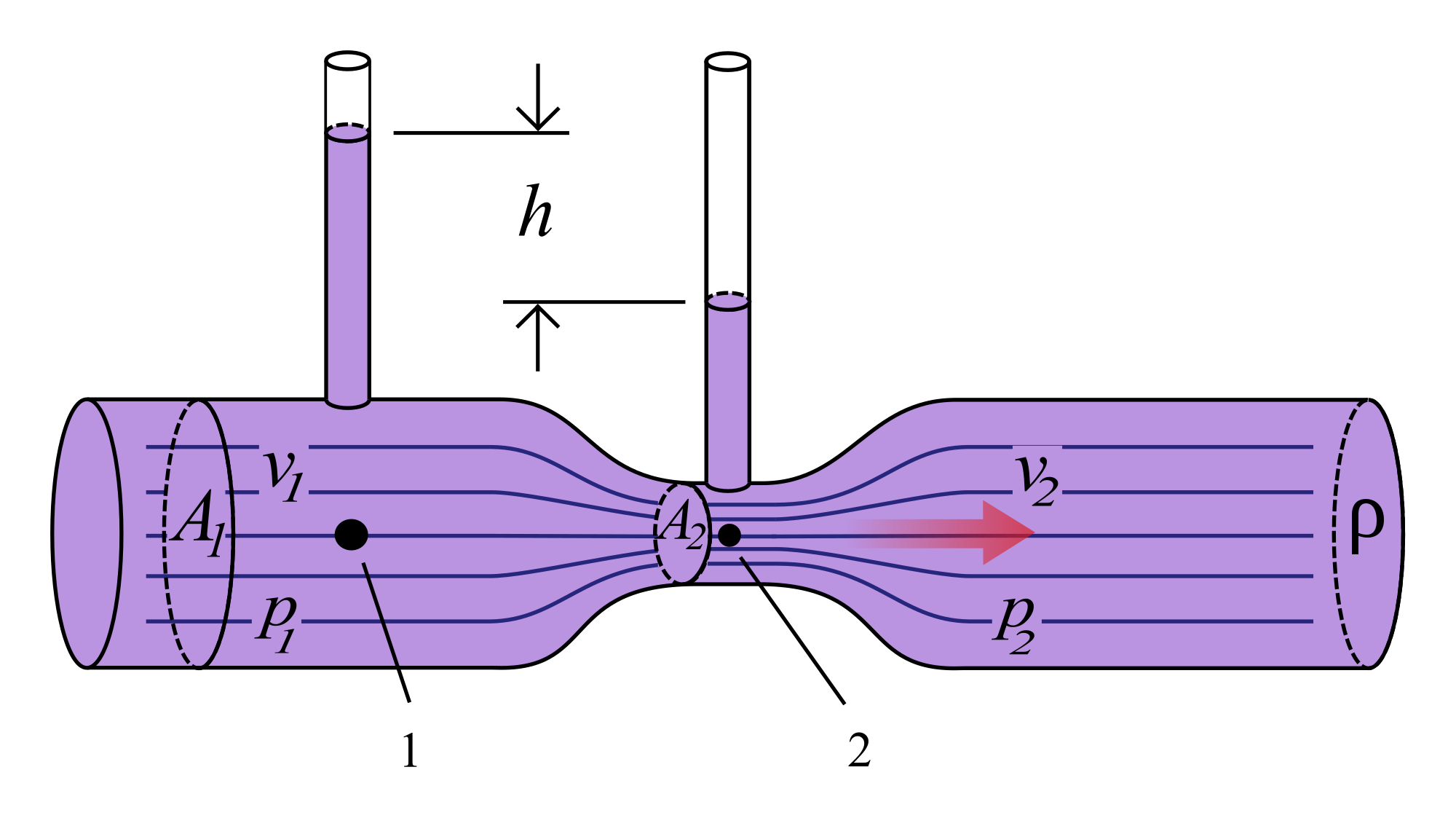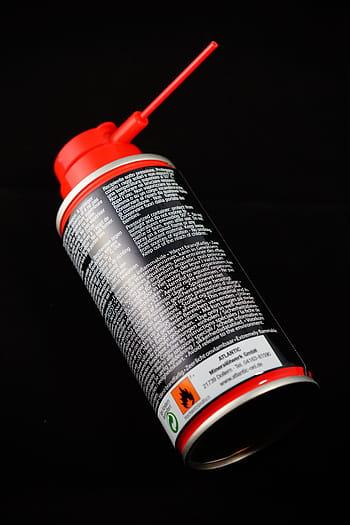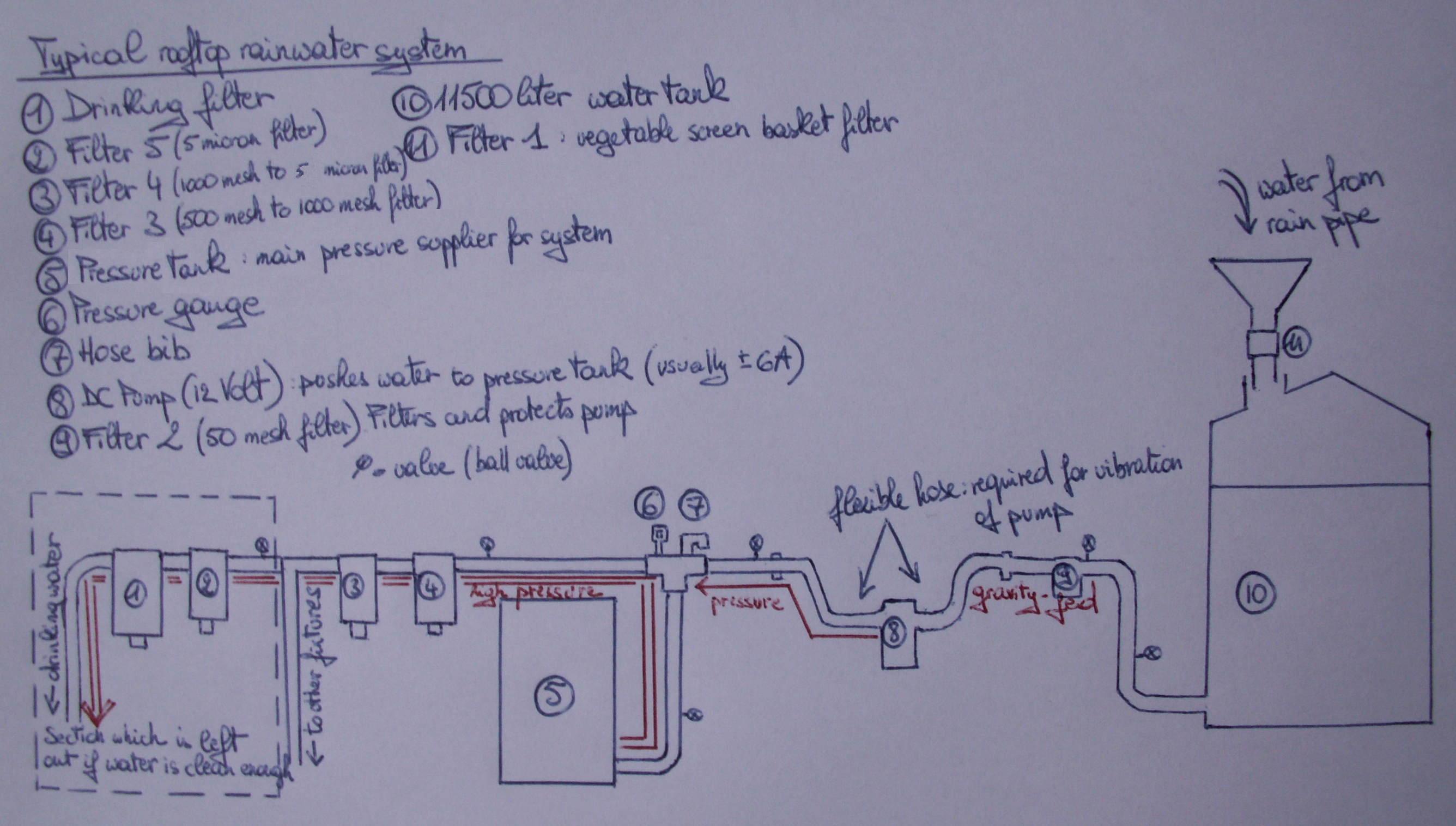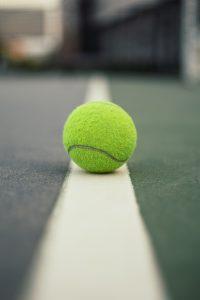We may earn money or products from the companies mentioned in this post.
Brief Overview of Tennis Balls

Tennis balls have a fascinating history and have come a long way since their inception Dating back to the 12th century, early versions of tennis balls were made from various materials such as leather stuffed with hair or wool Over time, these primitive balls evolved into more durable and standardized forms
In the late 19th century, the introduction of rubber as a core material revolutionized the manufacturing process The inner core of modern tennis balls is typically made up of pressurized rubber, giving them their characteristic bounce and responsiveness on the court
Materials Used in Manufacturing
Today, tennis balls are crafted using a combination of natural and synthetic materials to achieve optimal performance The outer covering, known as the felt, is made from woven fabric that provides durability and grip Traditionally, this felt was made from wool; however, synthetic fibers like nylon are now commonly used
The inner core consists of pressurized air-filled rubber This pressurization gives tennis balls their distinctive bounce and ensures consistent performance throughout a match The level of pressure inside a ball can vary depending on factors such as altitude and temperature
Importance of Pressurization in Tennis Balls

The pressurization of tennis balls plays a crucial role in determining how they perform during gameplay When properly pressurized, tennis balls possess the ideal balance between bounce and control
Effects on Performance and Gameplay
A well-pressurized ball offers players predictable flight characteristics and consistent bounces off different surfaces It allows for better control when serving, hitting groundstrokes or executing delicate shots at the net
On the other hand, under-pressurized or worn-out tennis balls may lose their liveliness, resulting in slower and lower bounces This can make it harder for players to generate power and execute their shots with precision
Conversely, over-pressurized balls can become overly lively, bouncing higher than expected and reducing the player’s control These erratic bounces can disrupt the rhythm of the game and make it challenging to anticipate shot trajectories
Furthermore, the pressurization of tennis balls is not a permanent feature Over time, as air seeps out of the ball through microscopic pores in its rubber core, the pressure decreases This gradual loss of pressure eventually leads to a decrease in performance
To maintain optimal gameplay conditions, professional tournaments often use new tennis balls after a certain number of games or sets This ensures that players compete with balls that have consistent pressure levels throughout the match
In Conclusion
The history and evolution of tennis balls have resulted in their current form – durable spheres filled with pressurized rubber that offer predictable bounce and control on the court Pressurization is vital for ensuring consistent performance and gameplay quality By understanding how pressurization affects tennis balls, players can make informed choices about which balls to use during practice sessions or competitive matches
The Science Behind Pressurizing Tennis Balls

Tennis is a game of precision and skill, and the behavior of the tennis ball plays a crucial role in determining the outcome of each shot One often overlooked factor is the air pressure inside the ball, which significantly affects its performance on the court
Air Pressure Inside the Ball
The internal air pressure within a tennis ball has a direct impact on how it behaves during play When a ball is properly pressurized, it becomes more responsive and lively, bouncing off the ground with greater force This increased bounce allows players to hit powerful shots and execute strategic angles with precision
Professional tennis matches adhere to strict standards when it comes to ball pressure The International Tennis Federation (ITF) mandates that balls used in tournaments must have an internal pressure ranging between 12 to 16 pounds per square inch (psi). This standardized pressure ensures consistent gameplay and fairness for all players
Rubber Material Properties
One of the key components of a tennis ball is its rubber core Rubber possesses unique properties that contribute to its elasticity and resilience When pressurized, these properties become even more pronounced
Elasticity refers to how much a material can stretch or deform under stress before returning to its original shape In the case of tennis balls, this elasticity allows them to compress upon impact with the racket or ground and then quickly regain their spherical form, resulting in powerful rebounds
Resilience, on the other hand, refers to a material’s ability to absorb energy upon impact and release it efficiently A properly pressurized tennis ball exhibits high resilience, enabling players to generate speed and spin while maintaining control over their shots
Pressurized vs Non-Pressurized (Pressureless) Tennis Balls
There are two main types of tennis balls: pressurized and pressureless Each type has its own advantages and disadvantages, catering to different playing styles and court conditions
Pressurized tennis balls, as we have discussed earlier, offer superior bounce and responsiveness due to the internal air pressure These balls are commonly used in professional tournaments and high-level competitions However, they tend to lose their pressure over time, leading to a decline in performance As a result, pressurized balls need regular replacement to maintain optimal playability
Pressureless tennis balls, on the other hand, do not rely on internal air pressure for their bounce Instead, they feature a solid rubber core that provides consistent performance throughout their lifespan Pressureless balls are ideal for recreational players or those practicing on hard surfaces as they offer durability and longevity
In conclusion, understanding the science behind pressurizing tennis balls is crucial for both professional players and enthusiasts alike The right combination of air pressure within the ball and the properties of rubber can significantly impact gameplay and enhance overall performance on the court
The process of pressurizing tennis balls

When it comes to the manufacturing of tennis balls, achieving optimal air pressure is crucial This ensures that the ball’s bounce and playability are at their best Let’s dive into the fascinating journey of how tennis balls are pressurized during production
Manufacturing methods
During the production process, there are two key aspects to consider: adjusting internal air pressure and sealing the ball to retain that pressure
Internal air pressure adjustments during production
To achieve the desired level of internal air pressure, manufacturers employ various techniques One common method is through inflation The ball is initially inflated to a specific pressure using specialized equipment This inflation ensures consistency across all balls produced
An alternative approach involves incorporating pressurized gas during the formation of the ball itself By introducing a controlled amount of gas, manufacturers can precisely regulate and maintain the desired internal pressure throughout the lifespan of the ball
Sealing the ball to retain air pressure
Maintaining optimal air pressure within tennis balls requires effective sealing techniques Manufacturers utilize adhesive materials specifically designed for this purpose These materials create a strong bond between different parts of the ball, ensuring an airtight seal that prevents air leakage over time
In addition to adhesive materials, manufacturers implement various techniques to ensure long-lasting seals These techniques may include heat-sealing processes or mechanical methods that further enhance durability and prevent any loss in internal air pressure
Packaging considerations for preserving optimal air pressure
Even after being manufactured with precise internal air pressures and reliable seals, tennis balls require appropriate packaging to preserve their quality until they reach players’ hands
Use of vacuum-sealed or pressurized cans
One popular packaging method involves utilizing vacuum-sealed or pressurized cans These cans are designed to maintain the internal air pressure of the tennis balls, preventing any unwanted changes during transportation and storage By keeping the balls in a controlled environment, they retain their optimal bounce and playability until they’re ready to be used
Impact of packaging technology on storage life
The choice of packaging technology can significantly impact the storage life of tennis balls High-quality packaging materials and advanced sealing techniques help minimize air leakage, extending the lifespan of the pressurized balls This ensures that players can enjoy consistent performance even after extended periods of storage
Questions Frequently Asked About Tennis Ball Pressurization

Why are some tennis balls stored in metal cans?
When you open a can of tennis balls, have you ever wondered why they come in a metal container? It’s not just for packaging convenience The primary reason is to protect the balls from external factors that could affect their performance The metal can acts as a shield against moisture, air, and other elements that may compromise the pressurization and quality of the balls By keeping them sealed in a can, manufacturers ensure that the tennis balls retain their optimal playing conditions for longer periods
How long do pressurized tennis balls last?
The longevity of pressurized tennis balls depends on various factors One crucial factor is how they are stored If kept in ideal conditions, such as in a cool and dry place, they can maintain their pressure for an extended period Another determinant is the frequency and intensity of use Regular and intense play will gradually wear out the ball’s internal pressure faster compared to occasional recreational matches As a general guideline, it is recommended to replace your pressurized tennis balls after every 12-18 hours of play or when you notice a significant decrease in their performance
How can players identify when a ball has lost its optimal pressurization?
As tennis players, it’s essential to know when your tennis ball has lost its optimal pressurization There are visual cues that indicate this, such as wear patterns on the felt surface or discoloration due to extended use However, relying solely on visual inspection may not be sufficient Performance indicators during play provide more accurate feedback If you notice that the bounce height has significantly decreased or if the ball feels dead and lacks responsiveness off your racket strings, it might be time to replace it with a fresh one
Can you re-pressurize a tennis ball?
Re-pressurizing a tennis ball may seem like an appealing idea to prolong its lifespan, but it is not as straightforward as it sounds There are methods and devices available on the market that claim to restore the pressure inside a tennis ball However, their effectiveness varies, and there are limitations to consider Some techniques involve using pressurized air or specialized machines, but even with these methods, the results might not be consistent or long-lasting It’s generally more practical and reliable to replace your tennis balls when they lose their optimal pressurization
Useful Links

Why Do They Seal Tennis Balls? – The Racket Life
Why Tennis Balls Are Sealed In Cans
Tennis Ball Saver – Good Idea or Useless Equipment?
Pressure VS Pressureless Tennis Balls | E.06 – YouTube
Tennis ball
Definition, Examples, and Common Questions About The Ball
Tennis Ball Buying Guide
Why Are Tennis Balls In Pressurized Cans? …
Athletic Works Pressurized Tennis Balls, (1 Can, 3 Balls)
Pressureless vs Normal Tennis Balls
Tennis Ball Types » TennisReboot
Best Tennis Balls: The Top Picks for Your Next Match
Penn Fun Facts
Re-pressurizing Tennis Balls | Creativity – Penn State
What is the difference between pressurized and non …
How Long Do Tennis Balls Last?
Tennis Physical Therapy in Ventura – Selecting Equipment
Can You Re-Pressurize A Tennis Ball?






